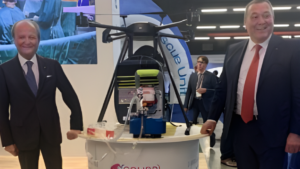
Development and Validation of a Robust and Interpretable Early Triaging Support System for Patients Hospitalized With COVID-19: Predictive Algorithm Modeling and Interpretation Study
The study developed and validated RIETS, a machine learning-based system using 11 routine clinical and laboratory biomarkers to predict COVID-19 severity upon hospitalization, showing high accuracy and low bias risk. RIETS demonstrated excellent predictive performance, including during the Omicron variant period, and provided interpretable data for clinical use, suggesting its potential for improving patient triaging and resource allocation in hospitals.










